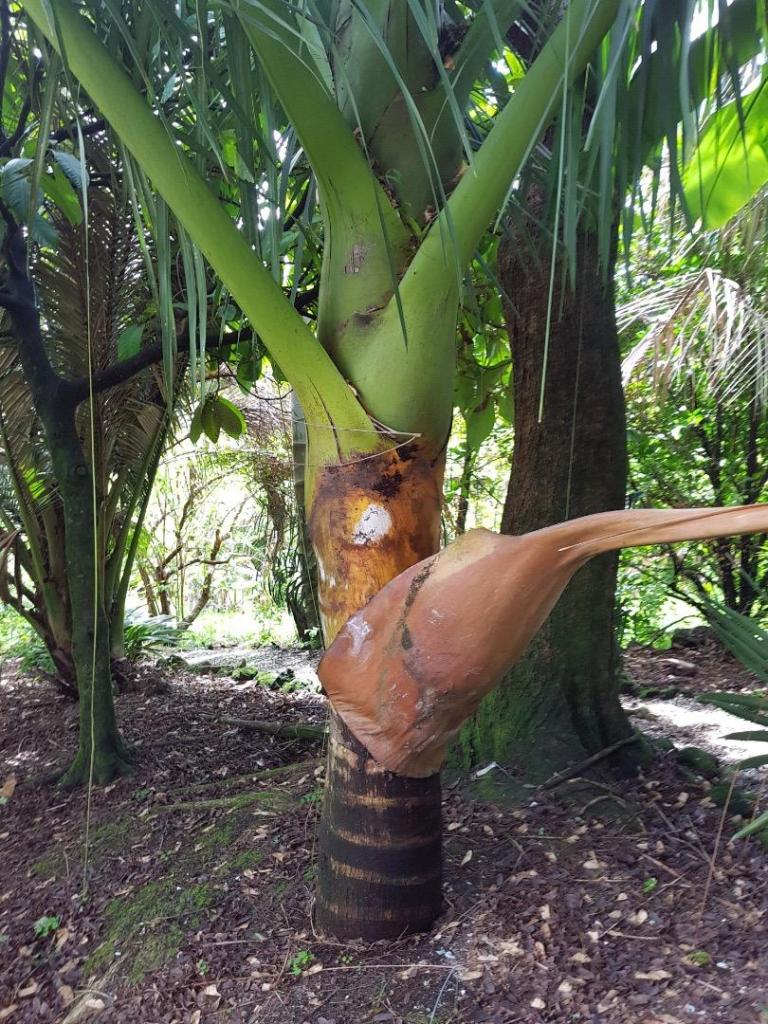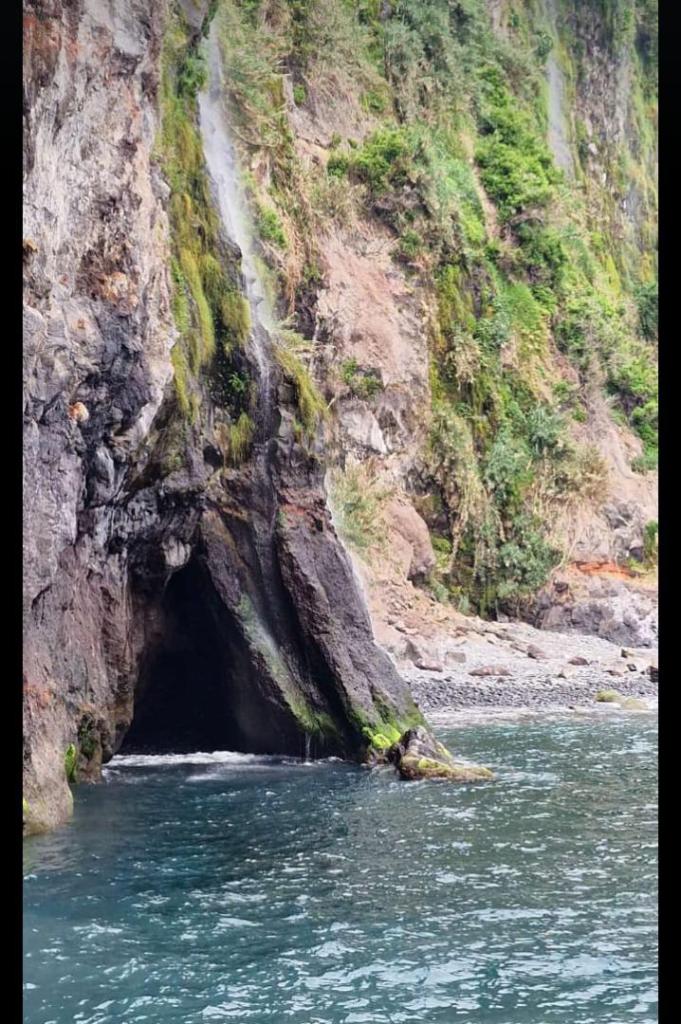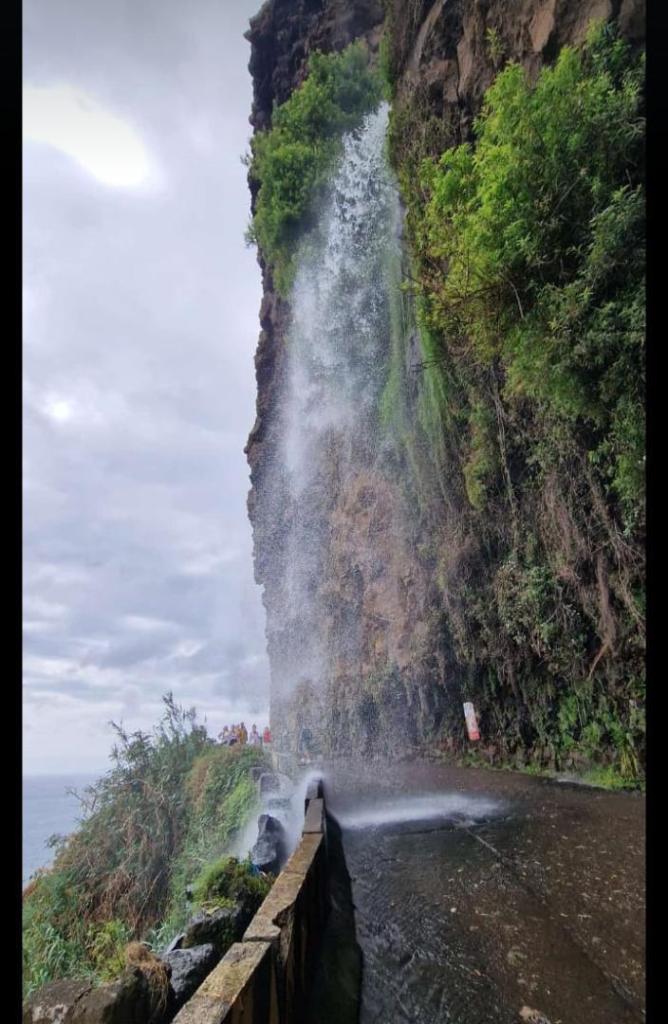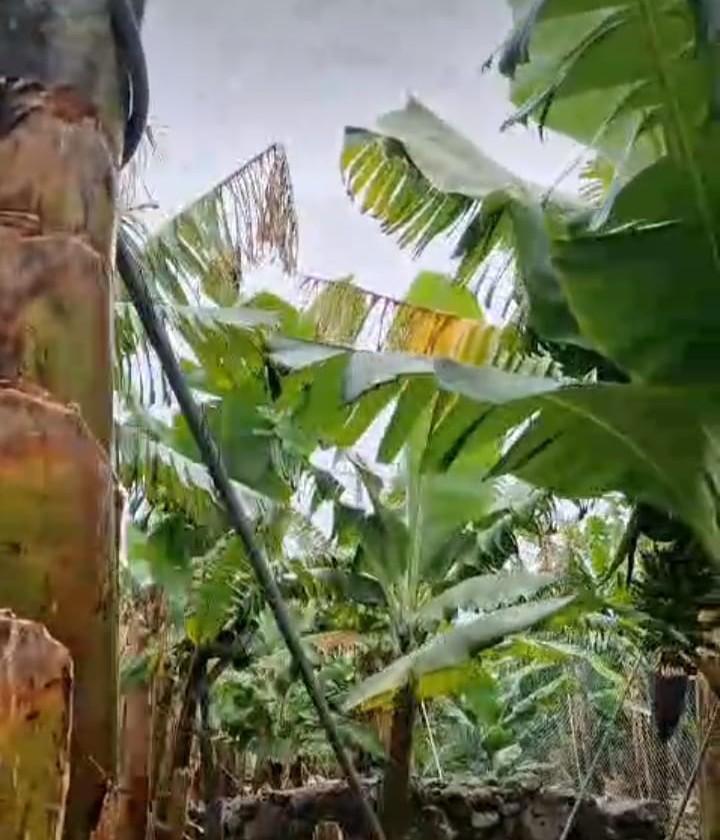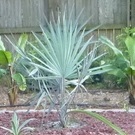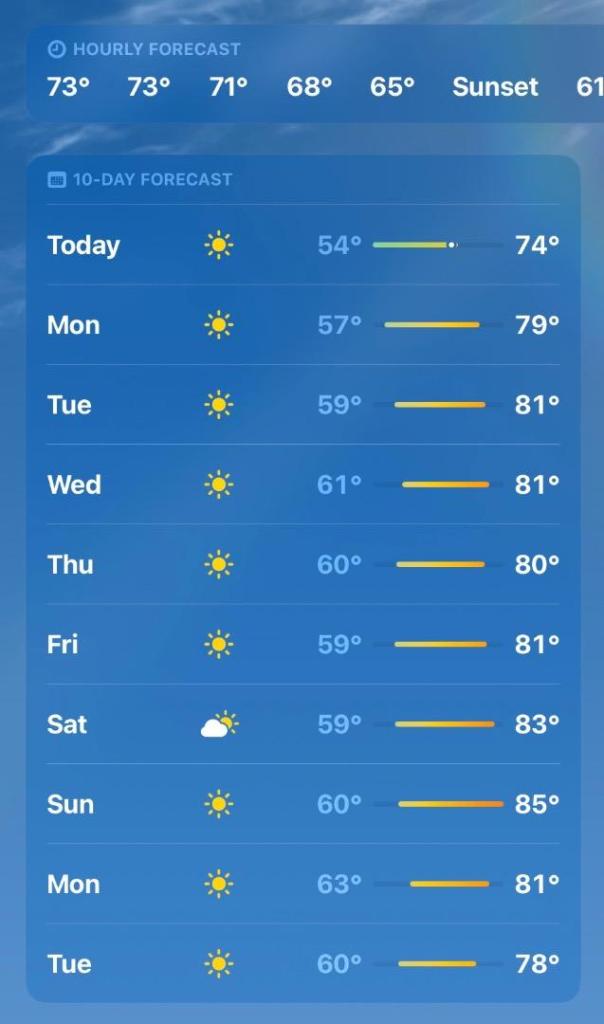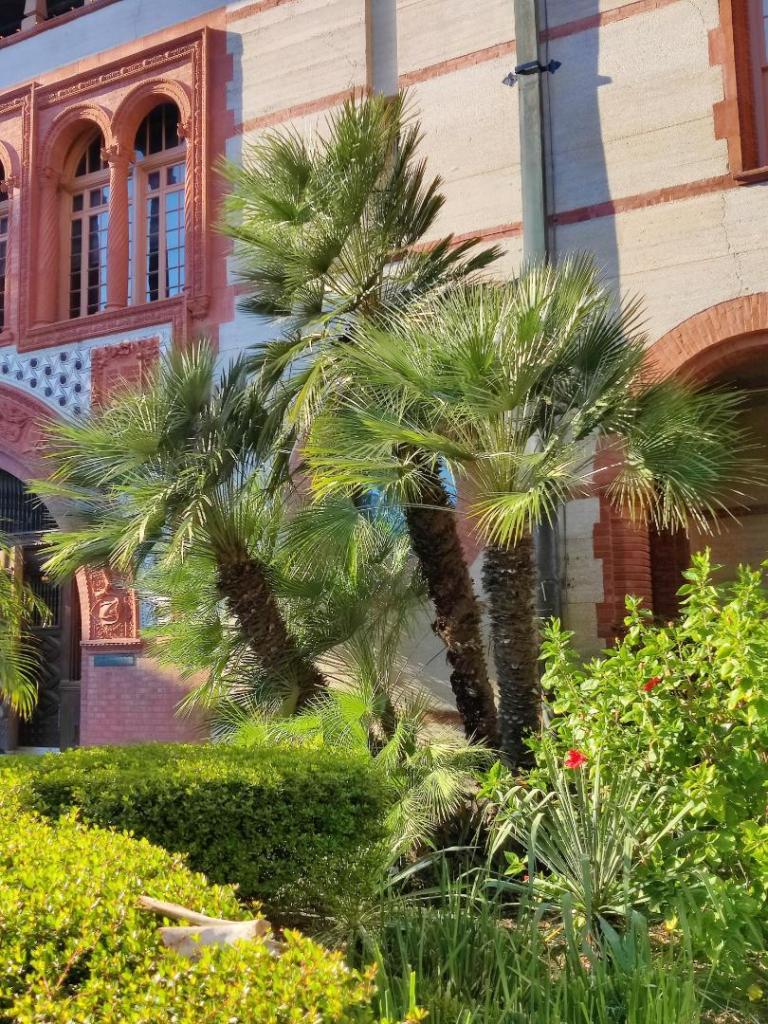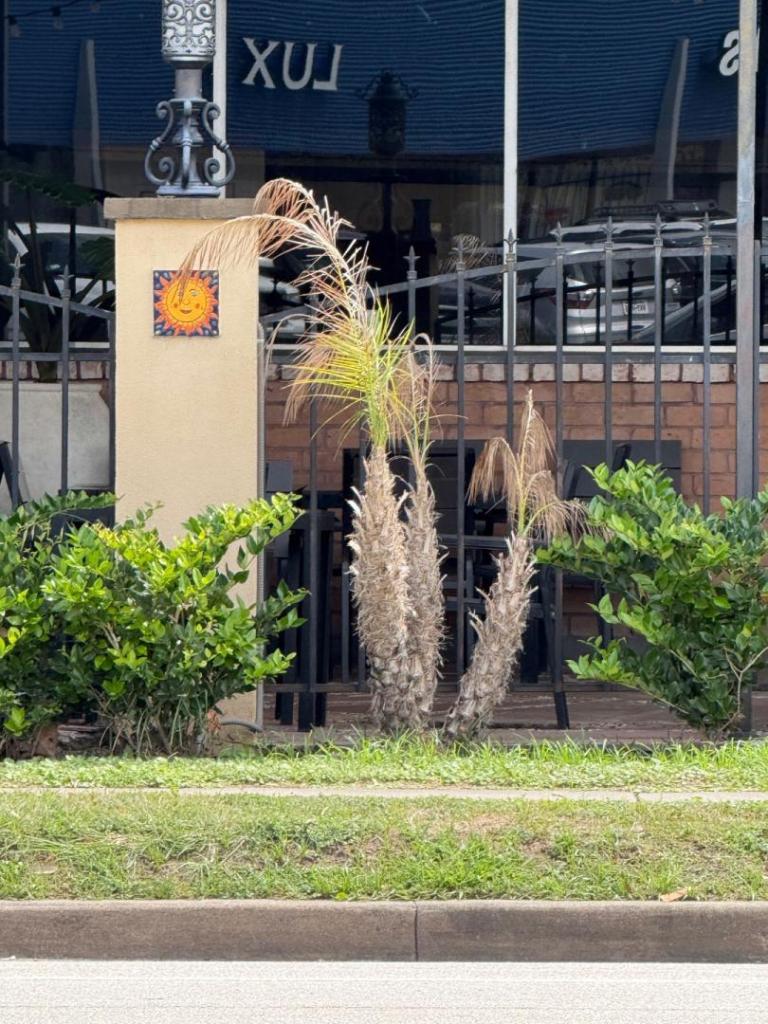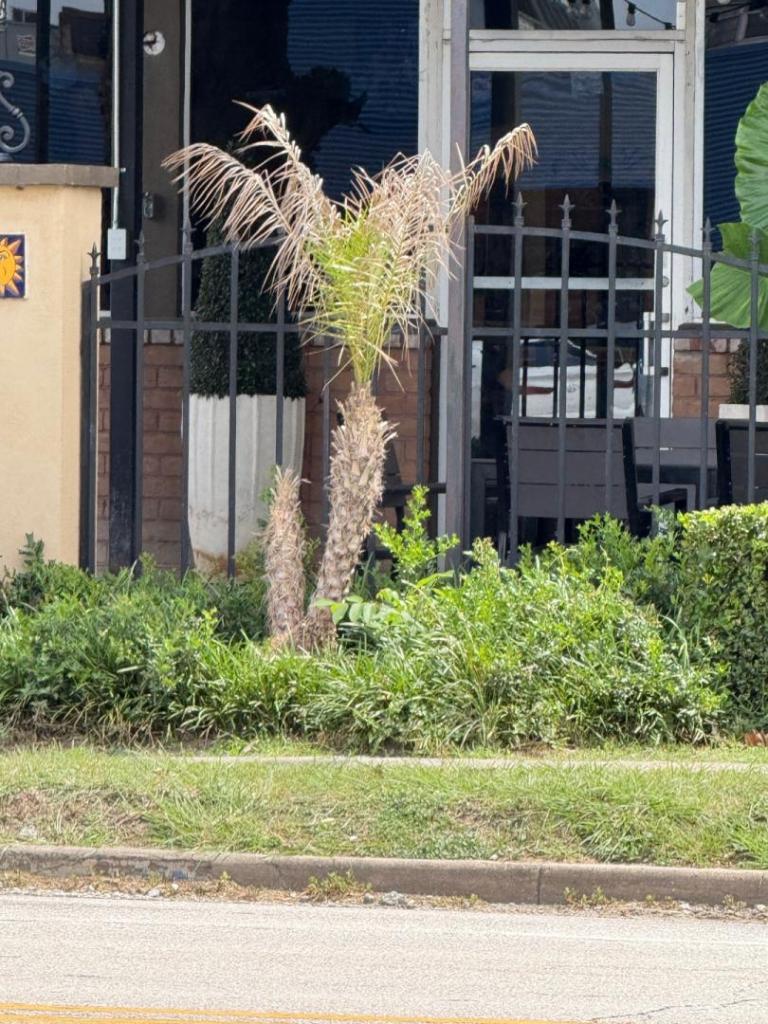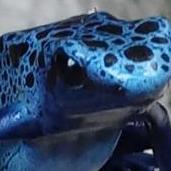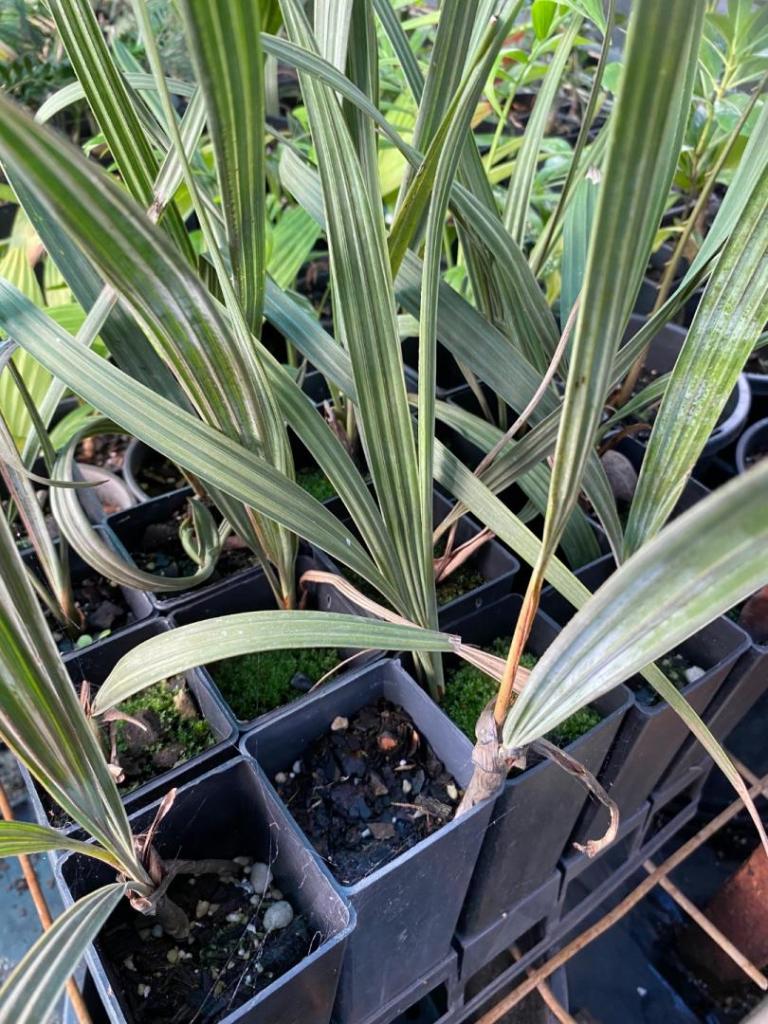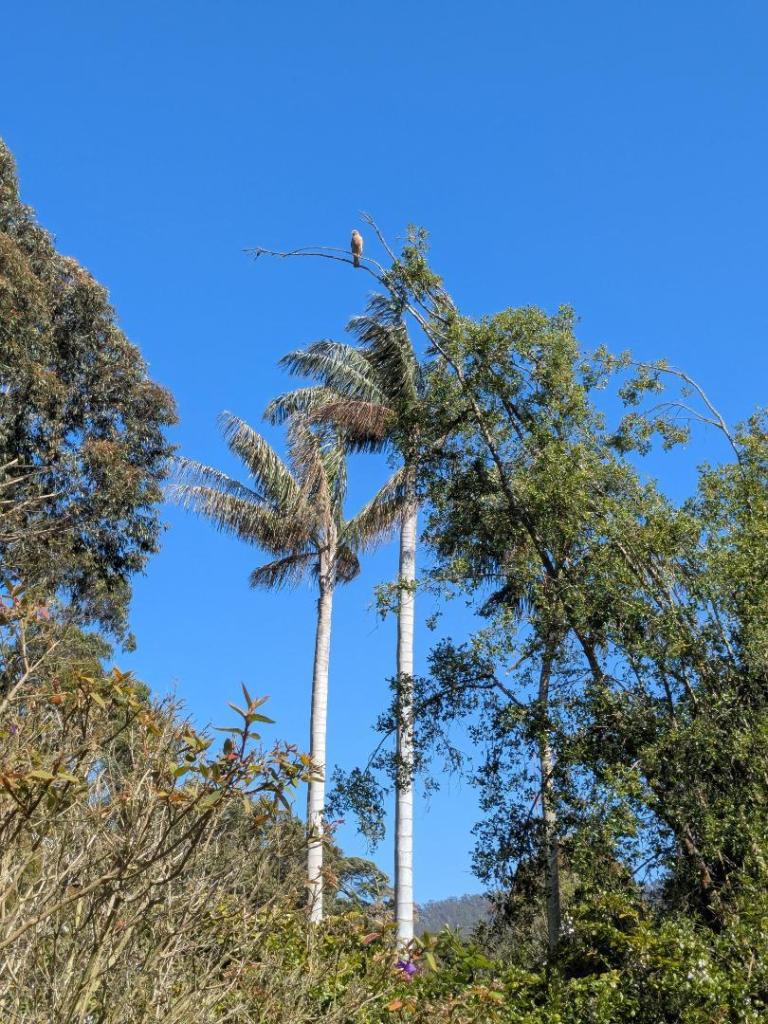Leaderboard
Popular Content
Showing content with the highest reputation on 06/09/2025 in Posts
-
7 points
-
Confident the C radicalis is female. Slightly confident the C microspadix is too. The C potchutlensis I’m not sure but it does look a bit like my C costaricana female inflorescences so maybe they’re all female.5 points
-
4 points
-
4 points
-
I think those petioles are left in-place to provide support to the new leaf during wind.4 points
-
4 points
-
3 points
-
Good to see this palm being widely cultivated in subtropical and tropical locales, it will be worth the wait. Have patience. The one in the garden has hit its stride in the last few years, from ungainly looking while young to quite attractive now. The blazing orange crown shaft revealed after losing the leaf sheath lasts only a few days and then softens to a beautiful ‘Dreamsicle’ color eventually turning to the pale blue/green. Stocky palm with short petioles and LONG plumose fronds. Lots of room better. On another note, I don’t remember my palm ever having the grass green color that some of the previous posts exhibit. Mine was always a grey/ green color, but I’ll have to look at earlier photos I’ve taken to verify. Len, looking pretty fantastic along with that inflorescence. Dale, looks like you have a bit of time before you get into trouble. Tim Sent from my iPad3 points
-
3 points
-
3 points
-
Amazing Len! @richnorm what do you reckon…to me this looks like the decipiens I saw throughout NZ (Landsendt, Auckland BGs, South Pacific Palms). The blue fronds, plumose leaflet arrangement and even orange freshly exposed crownshaft. I didn’t see large ones of what I know as the typical form at all over your side of the ditch.3 points
-
Dwight Reis used to make really awesome palm deliveries to many of us here in Northern CA. Many of my maturing palms came from his nursery (DR Palms and Cycads). I know he had to move his nursery a few years ago and he guaranteed me that he would resume deliveries up here eventually. Anyone know what he’s up to currently?2 points
-
I would speciulate roebelenii (pygmy palm) somewhere in there. Phoenix are very promiscuous so it is going to be hard to be sure. Nice palms though and well suited for almost every soil type and climate!2 points
-
2 points
-
2 points
-
I would wait until the roots fill the pots. My guess is Spring, 2026. Then you can move them up. If you can, find a place outside that will give them 3 or 4 hours of morning sun. However, in the shade by 11AM. Also, be careful b/c squirrels will chew them up looking for the seeds.2 points
-
Ive seen them stacked on trucks with no green showing, like logs. This is how they plant them en mass here, a dozen or more on a triler. It took my neighbors sticks ~4 years to fill out a nice crown. Establishing new roots is going to be slower without a crown for photosynthesis. They will be fine in time, just keep watering.2 points
-
2 points
-
2 points
-
Tin, Hybrid is right. When I look at this plant I see Prestoniana x Madagascarensis. Could be way off but the leaflets look like it to me. I know those particular hybrids are out there as @shepcs has one he got from Josh not too long ago. It’s probably between a 5G and 15G. You gotta cool looking plant there whatever it is. 👍🏻 -dale2 points
-
Tin, Looks killer! Just plant it out already. But where?!?!! 🤣🤣 Stacey, I remember seeing that plant at Ron’s but he didn’t want to sell it at the time. I ended buying a regular Decipiens and I’m happy to say it’s a fast one so I’m happy. Good luck with yours. Len, Wow!! That looks awesome. Can definitely tell it’s a different plant that true Decipiens. Well done. Going to be a showstopper one day Paul. What kind of crazy person puts a Decipiens and a Prestoniana in the same general area??!? Well, besides you and I? 🤣 We are gluttons for punishment in 10yrs time. -dale2 points
-
Looking good Colin. Where is this one, Sydney or Wollongong? Surprisingly Attalea dubia grows well in Melbourne, a couple of growers have some going slowly but robustly. Not sure how the other species would go this far south though.2 points
-
No gutters, but there's - I don't know the technical term, but there's a corner piece where the rain runs off into what used to be the French drain. And it's a metal roof so there's condensation every morning but this spot is mostly protected. If that's not the wisteria growing back I don't think it's coming back. I wasn't sad to see it go - it had gotten so out of control and it made the house look haunted.2 points
-
@palmtreesforpleasure I am growing Cohune, Phalerata, Speciosa, Butyracea, and Brejinhoensis. I just got the Speciosa a couple of months ago, so no direct experience yet. Of the others, so far Phalerata is the slowest grower. Brejinhoensis beats all but Cohune by a long shot. Cohune gains height fairly quick, but burns from frost every single winter, with temps anywhere below around 35F. In my area they always look crappy after winter. Brejinhoensis, Butyracea, and Phalerata all seem to be reasonably hardy to temps at least into the upper 20s F. I am not sure about speed to seed, but I would check out Brejinhoensis if you can find one. They are quicker than the rest I've tried, take no significant damage around 27F with frost, and have cool yellow and green splotchy petioles.2 points
-
2 points
-
Definitely fast growers compared to other species I have. No splits yet and these get direct sun through the middle of the day2 points
-
2 points
-
2 points
-
2 points
-
Looks like mine did 27 years ago! Mine was to be either a Palmetto or Riverside . Recently I was told probably the latter. Either way they are worth growing , although quite slow not a snail pace palm but not a rocket either. Harry2 points
-
2 points
-
I am under contract on a second home up in Laredo with around a 20,000 sq. ft. lot. Not huge, but decent. My Brownsville garden is not going anywhere. I am building up a collection of small seedlings (and seeds) that I think will do well up there with little to no supplemental irrigation, with an emphasis on natives (or regional natives), or plants native to similar environs (super hot, subtropical, fluctuating humidity levels but often high, 20" of rain a year). Laredo is a solid 9B, with an average yearly low of 29F. Occasionally, the big freezes come through. In 1983 the town spent nearly 40 hours straight at or below freezing, but a good friend of mine noted a high rate of survival for sheltered queen palms during that time. So far, I have collected the following plants: Olneya tesota (desert ironwood) Ebanopsis ebano (texas ebony) (native) Ungnadia speciosa (mexican buckeye) (native) Bauhinia luniaroides (anacacho orchid tree) (native) Bauhinia (Lysiphyllum) carronii (queensland ebony) Prosopis (Neltuma) chilensis (chilean mesquite) Adelia vaseyi (vasey's wild lime) (native) Vachellia bravoensis (huisachillo) (native) Senegalia roemeriana (round-flower catclaw) (native) In the next couple weeks I am also picking up: Caesalpinia (Libidibia) paraguarensis Eucalyptus sideroxylon 'Rosea' Eucalyptus microtheca 'Blue Ghost' Eucalyptus camaldulensis 'Silverton' Eucalyptus polyanthemos ssp. polyanthemos And I have seed that I have to germinate of: Prosopis (Strombocarpa) tamarugo Prosopis (Neltuma) alba Prosopis (Neltuma) nigra Prosopis (Neltuma) affinis Prosopis (Strombocarpa) palmeri Prosopis (Neltuma) juliflora Vachellia haematoxylon Vachellia schottii (regionally native) Vachellia schaffneri(regionally native) Bauhinia divaricata (regionally native) Senegalia crassifolia (regionally native) Senegalia mellifera Sophora (Dermatophyllum) secundiflora 'Silver Peso' (regionally native) Acacia craspedocarpa Parkinsonia texana (native) And, eventually, I plan on sourcing: Esenbeckia runyonii (native) Fouquieria columnaris Fouquieria splendens (native) Condalia hookeri (native) Caesalpinia gilliesii Bauhinia macranthera (regionally native) Prosopis (Neltuma) glandulosa (this is the native honey mesquite that is everywhere) My plan is to turn the place into a xeric thornscrub playground to shelter my kids from the surreal Laredo heat when we are at that house. I would invite anyone with an interest in plants like this to offer any suggestions you might have. I am hopeful this will be the most thoughtful and unique garden I have ever planted.2 points
-
2 points
-
Glad you got one of these. Yours is doing great - especially for a palm that can be a bit fastidious. One of my favorites in my yard. Here is mine now flowering. This came as a 7 gallon from JDA in 2008. Little more history on the palm. JDA had two similar palms at the time “Betefaka” and “Honkona” (note the ‘o’). Both grew very similar. Betefaka being more glaucous, Hankona green. This is the plant Ron Lawyer once called the “butt-ugly betefaka” because the original Betefaka was such a looker from a young age. That original betefaka turned into Oropedionis.2 points
-
Joe at Discovery Island Palms is located in San Marcos. I definitely recommend making the trip down to Joe's as the majority of his inventory is sun grown and ready to throw in the ground. He's got a good inventory of collector palms and companion plants to buy, plus his prices are tough to beat. As far as species selection that depends on your climate, lot size, sun exposure, desired look for your garden, etc. I'm not familiar with the climate in Santa Clarita but if you're looking for species you don't see in all your neighbors yards I'd recommend Archontophoenix tuckeri, Beccariophoenix alfredii, Brahea armata, Bismarckia nobilis, Cyphophoenix elegans, Dypsis decaryi (plus any hardy Dypsis species), and maybe some Pritchardia species such as martii or hillebrandii.1 point
-
I have 3 Chamaedorea pochutlensis seedlings that I placed in the ground around 3 months ago. Since then I have only noticed growth in one of them but it's very slow. I haven't seen growth in the 2 other ones. Does anyone know what they might need? I planted them in peat moss and water them every 2 days. Palm 1, grows but very slowly Palm 2, doesn't seem to be growing nor opening its new spear. palm 3, hasn't grown at all. This one has been the slowest one so far.1 point
-
1 point
-
1 point
-
All of my mango trees are growing really good but are small to hold fruit so they dropped the few fruits that set on the flowers1 point
-
1 point
-
leave everything alone; the tree will be fine. no pruning is necessary yet for some time to come1 point
-
Here's hoping for many average to mild winters to come. My first winter in TX was average for my particular area (I know others weren't so lucky). I hope my mule will be able to keep its fronds down into the 17F to 20F range. Fingers crossed.1 point
-
1 point
-
Growing a few Bismarcks for the cold climate land owners. One question I do asked often is what have you got that will take the cold and a lot of sun. Well that answer is the Bismarck palm. Easy to grow and germinate if you have patience. Although a learning curve to work out how to pot them up as seedlings once germinated. Usually a deep community pot in the hothouse with the container inside a plastic bag no bottom heating just left on there own to pop up.1 point
-
I've got a pile of nursery pots and empty soda bottles are in endless supply. I've also re-read some old posts on here about people cutting up gallon jugs and putting it over seedlings in the ground - I think someone called it a hillbilly hothouse or something like that. We're not short on sun or humidity here, I'm just scared of the cats and these freak winters that seem to be the new normal.1 point
-
We have A LOT of cats running around. I had to bring almost all of my plants into my bedroom because they'd knock them out of windowsills and use them as toilets. They've killed as many plants as I have. My dog, meanwhile, is indifferent to them.1 point
-
I was trying to be funny there. But this is good advice. My other concern is piles of dirt with all of the feral cats running around, but the cycad has thorns and I don't think it's healthy for them so hopefully that'll be a deterrent and I won't have to build a cage.1 point
-
1 point
-
1 point




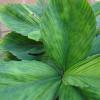





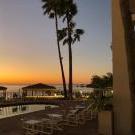
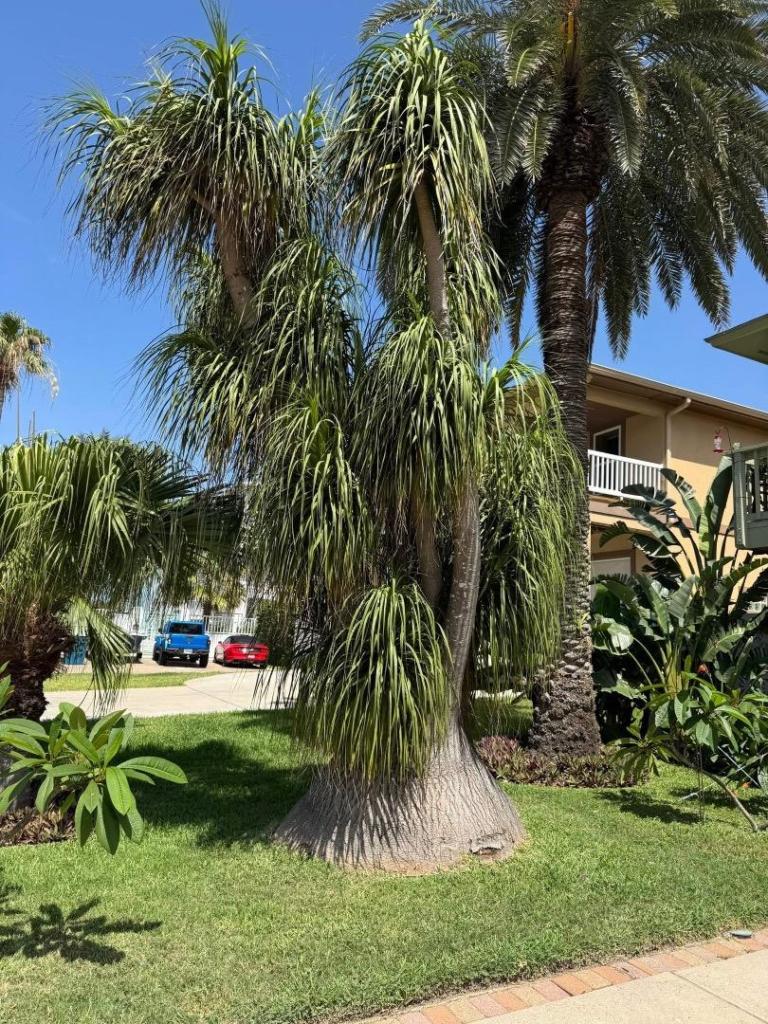

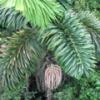

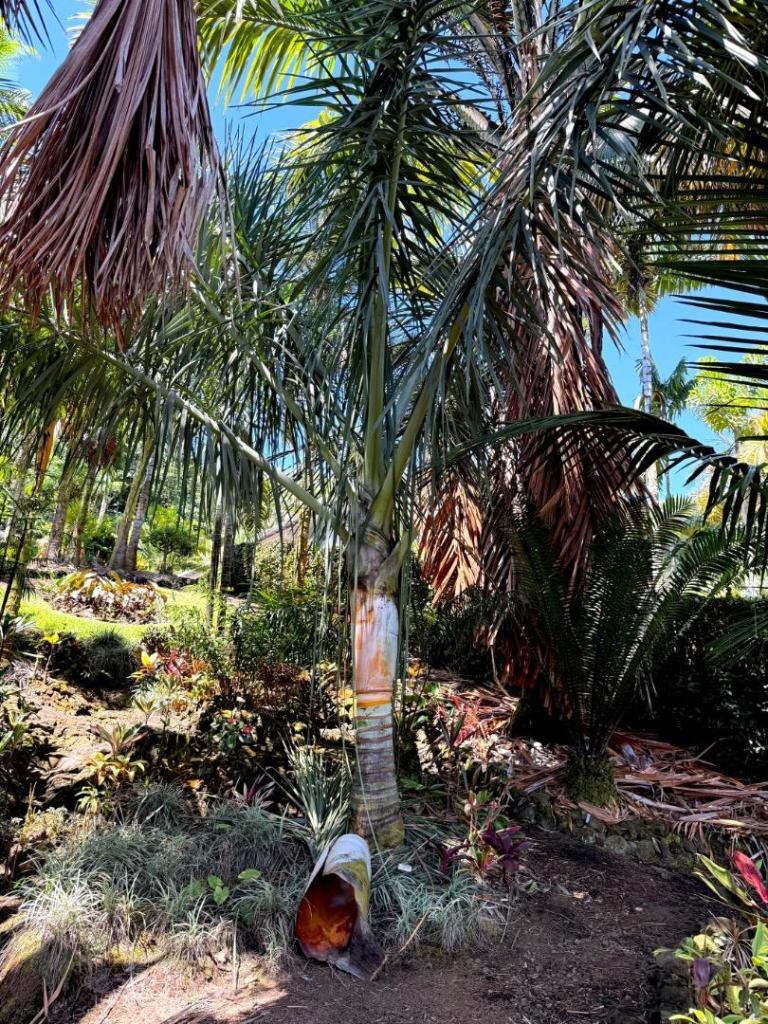


.jpg.f94858f00b74e823d80ea4a73b77c2d4.thumb.jpg.4af2ad7203105d5f800990788a16980a.jpg)




